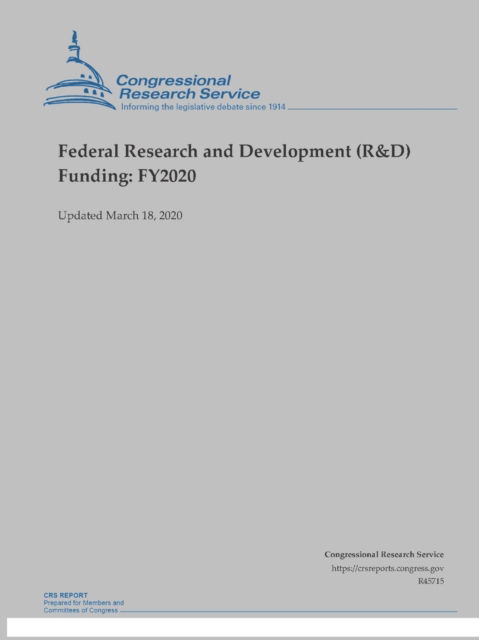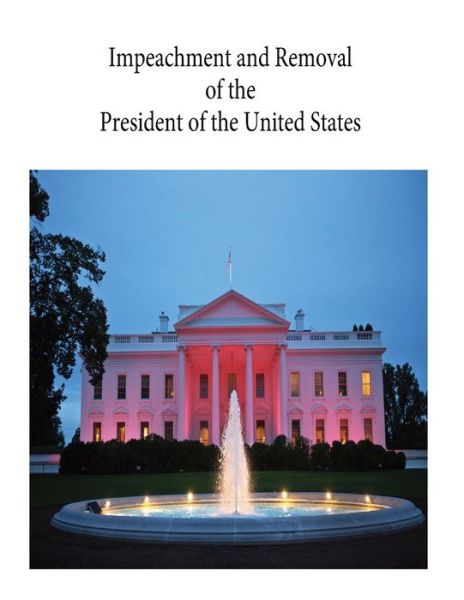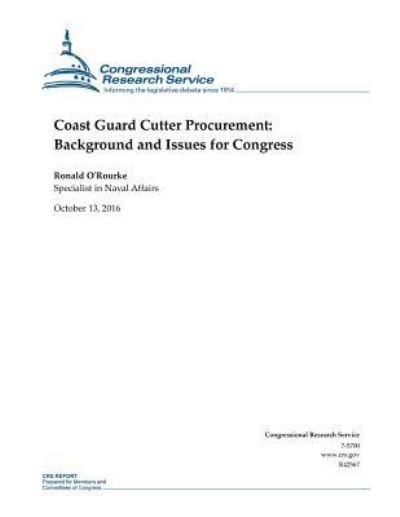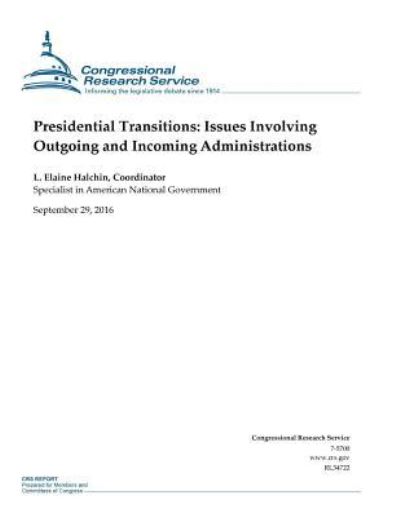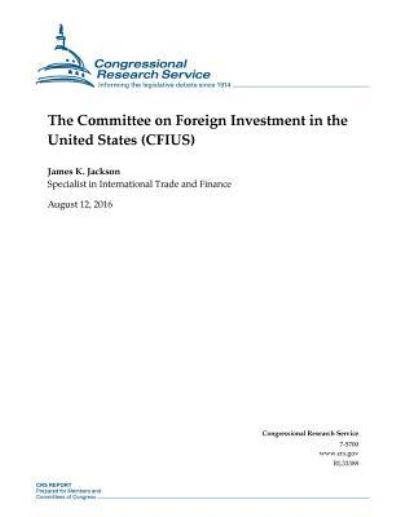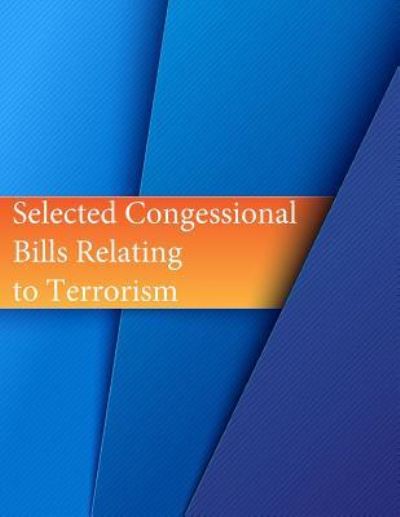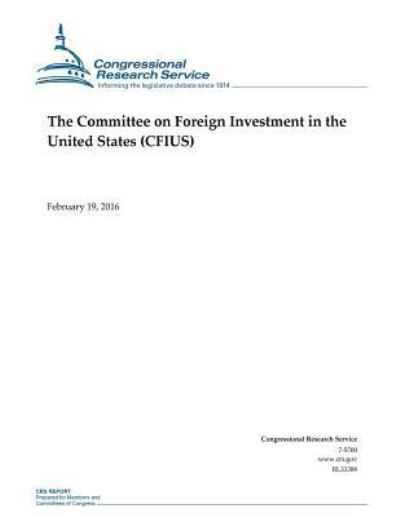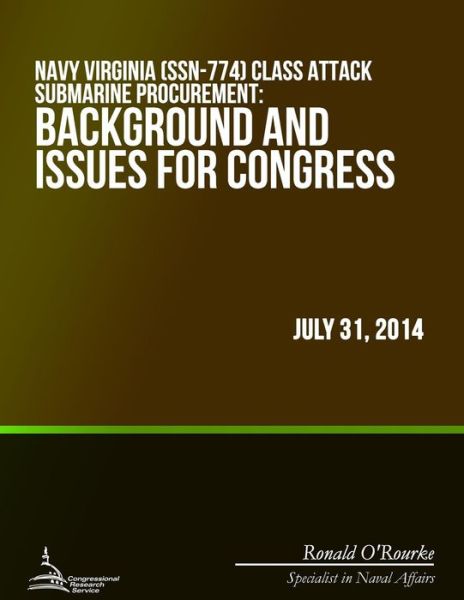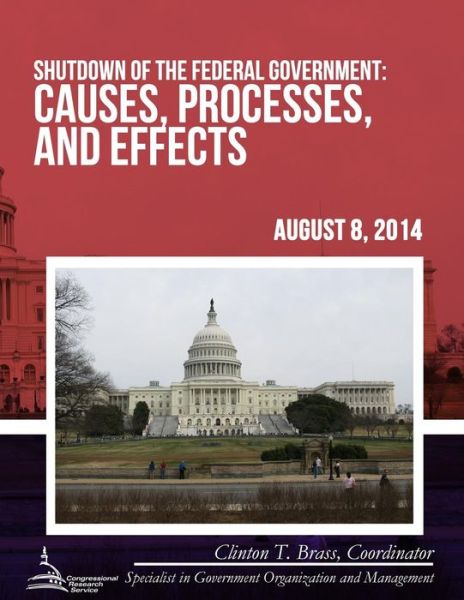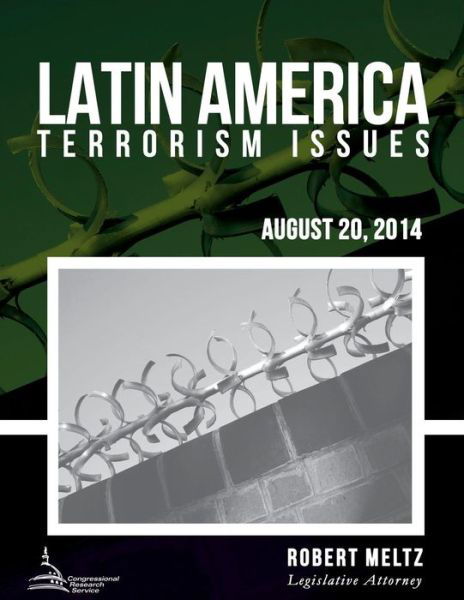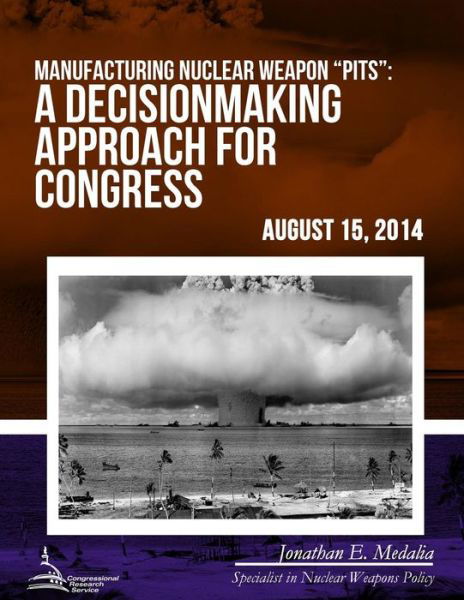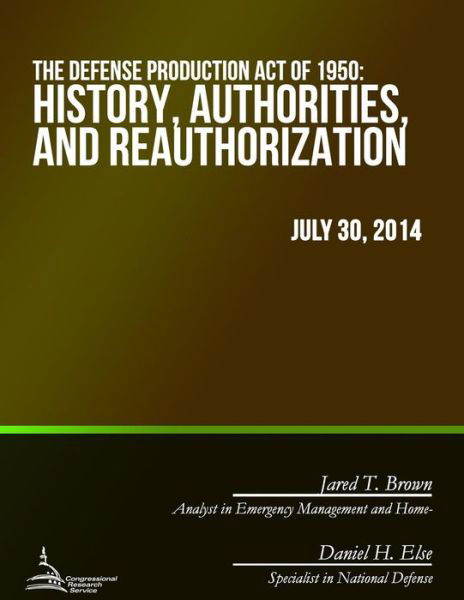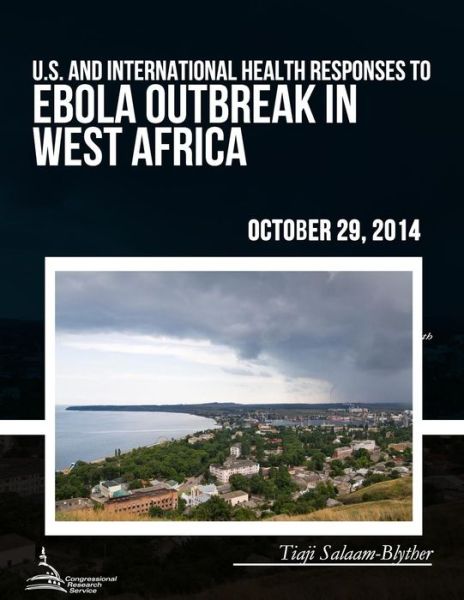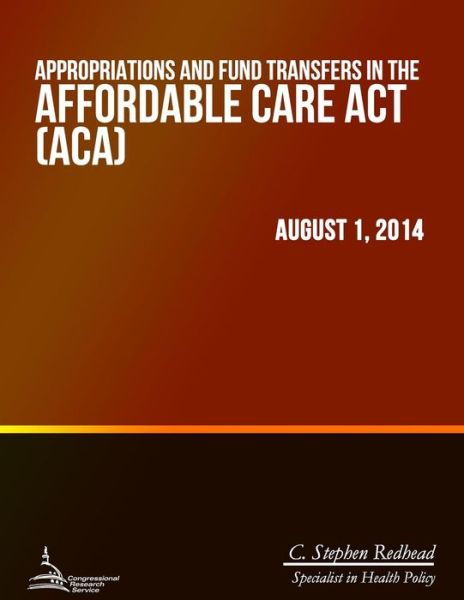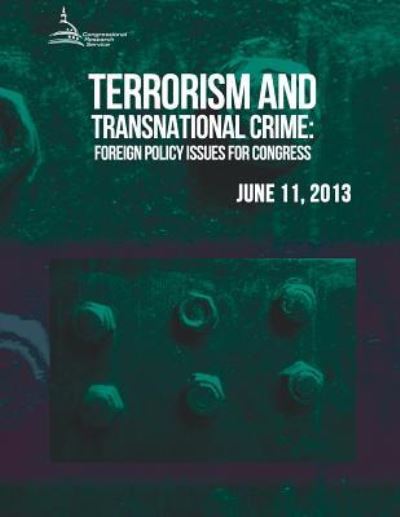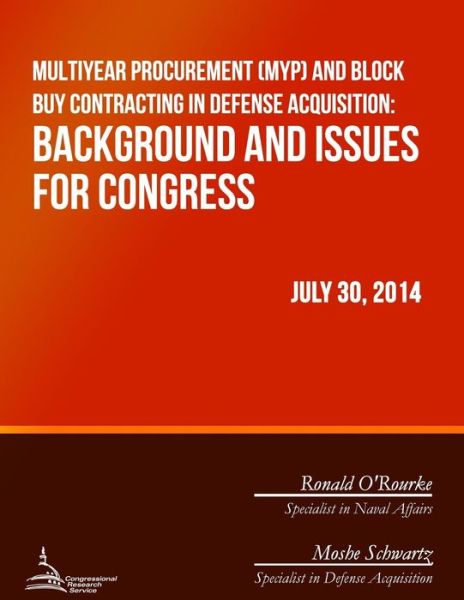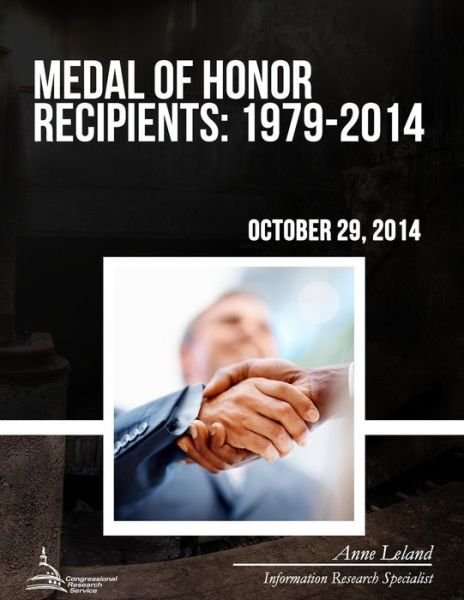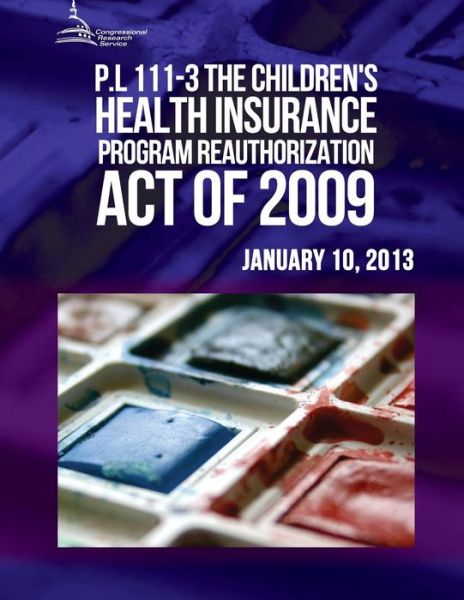
Powiedz znajomym o tym przedmiocie:
Lebanon
Congressional Research Service
Lebanon
Congressional Research Service
Since having its boundaries drawn by France after the First World War, Lebanon has struggled to define its national identity. Its population then included Christian, Sunni Muslim, and Shi'a Muslim communities of roughly comparable size, and with competing visions for the country. Seeking to avoid sectarian conflict, Lebanese leaders created a confessional system that allocated power among the country's religious sects according to their percentage of the population. Since then, Lebanon's demographics and political dynamics have shifted, exacerbating tension among groups, at times stoking sectarian violence, and creating political gridlock on issues that require dividing power, such as government formation. These dynamics are intensified by external actors-including Syria and Iran-that maintain influence in Lebanon by backing Hezbollah and its political allies. Other states, such as Saudi Arabia, have backed Sunni communities as part of a broader effort to curtail Iran's regional influence. The United States has sought to bolster forces that could serve as a counterweight to Syrian and Iranian influence in Lebanon, providing more than $2 billion in military assistance to the Lebanese Armed Forces (LAF) since 2006, with the aim of creating a national force strong enough to counter nonstate actors like Hezbollah and secure the country's borders against extremist groups operating in neighboring Syria, including those affiliated with Al Qaeda and the Islamic State. Hezbollah, an armed group, political party, and U. S.-designated Foreign Terrorist Organization, plays a major role in Lebanon's relationships with its two neighbors: Syria and Israel. Despite Lebanon's official policy of disassociation from regional conflicts, Hezbollah forces have fought in Syria since 2013 to preserve the government of Syrian president Bashar al Asad, and have sporadically clashed with Israeli forces along Lebanon's southern border. Hezbollah also plays an influential role in Lebanon's domestic politics; the group is a key member of the March 8 political bloc that holds a majority in parliament and in successive Lebanese governments. The question of how best to marginalize Hezbollah without provoking civil conflict among Lebanese sectarian political forces has remained a key challenge for U. S. policymakers. Humanitarian Crisis. As of 2021 there were roughly 855,000 Syrian refugees registered with the U. N. High Commissioner for Refugees (UNHCR) in Lebanon, in addition to an existing population of nearly 175,000 Palestinian refugees living in Lebanon. Lebanon (a country of roughly 4.3 million citizens in 2010) has the highest per capita refugee population in the world, with refugees constituting an estimated 21.8% of the total population. The refugee influx has strained Lebanon's public services and host communities, and some government officials describe refugees as a threat to the country's security. The United States has provided more than $2.7 billion in humanitarian assistance in Lebanon since FY2012. Protests, Political Upheaval. In 2019, a large scale protest movement broke out throughout Lebanon, with protestors from across the political spectrum and from all sectarian communities demanding political and economic reform, leading to theresignation of the government led by Saad Hariri. A new government led by Prime Minister Hassan Diab lasted less than eight months, resigning after a massive August 2020 explosion at the port of Beirut. In October 20204, President Aoun reappointed Hariri as prime minister. To date, Hariri has been unable to overcome political rivalries and form a government. Former Prime Minister Diab and his cabinet continue to serve in a caretaker capacity with limited authorities. Economic Crisis. Lebanon faces what arguably is the worst economic crisis in its history-stemming from a confluence of debt, fiscal, banking, and currency crises. ...
| Media | Książki Paperback Book (Książka z miękką okładką i klejonym grzbietem) |
| Wydane | 26 kwietnia 2021 |
| ISBN13 | 9798744300616 |
| Wydawcy | Independently Published |
| Strony | 46 |
| Wymiary | 216 × 280 × 3 mm · 131 g |
| Język | English |
Więcej od Congressional Research Service
Zobacz wszystko od Congressional Research Service ( np. Paperback Book i Book )


